From pv magazine 6/25
After more than a decade of impressive lab results, perovskite solar cells and perovskite-silicon tandem devices have rapidly come to be seen by PV manufacturers as the most viable route to future increases in solar cell efficiency and performance. In 2025, many are moving toward pilot-scale production, and there is growing expectation that devices incorporating the technology will begin to play a significant role in the market by 2030, if not before.
At least five major solar manufacturers had perovskite-silicon tandem products on show at The smarter E Europe exhibition held in Munich, Germany, in May 2025. These are primarily prototypes not yet in mass production, but manufacturers putting these products in public view is a clear demonstration of their growing confidence in tandem cell technology.
Chinese cell and module maker Huasun was among those with a tandem module on show at The smarter E Europe. Christian Comes, director of business development at Huasun, told pv magazine that the company has set up a 100 MW pilot production line for tandem modules, and is proceeding with laboratory and outdoor testing of products. He noted the importance of verifying lab testing with real outdoor performance results, which takes time.
“The point is to characterize each failure mode with adequate lab testing, to find solutions at production level, and to find the quality assurance measures to ensure that such solutions work well, without having to resort to long and expensive testing each time,” he said.
Huasun will continue with small-scale production for testing in 2025, and expects some limited availability for tandem modules beginning in 2026. For a first-generation commercial product, the company is targeting a module with at least an 800 W power rating. But Comes also noted that “a full-blown market introduction is expected only once we are convinced that results are good enough.”
Oxford PV, which is based in both the United Kingdom and Germany, also showcased its latest ‘Centaur’ tandem module series. Speaking to pv magazine Deutschland, Laura Miranda Perez, chief communications and sustainability officer at Oxford PV, said that the current series reaches 25% module efficiency, with plans to launch a 26% product in 2026.
In April 2025, the company also announced an agreement to license its technology to Trinasolar for manufacturing and sales within China.
“Trinasolar is kicking off a new era of industrialization for perovskite tandem technology, achieving integrated advancements in technological and industrial innovation to drive the solar industry forward,” said Trinasolar Chairman and CEO Jifan Gao, announcing the deal.
GCL, another major Chinese PV manufacturer, exhibited prototypes of a standalone perovskite module that it says reaches 19.04% efficiency, and a 26.36% tandem product that it expects to bring to the market in 2026.
Demonstrating stability
The performance of early lab-produced perovskite solar cells was often short lived, with cells quickly degrading on exposure to moisture, oxygen or other environmental conditions. This has remained a question for the technology, and one that any potential buyer or investor will surely want to see firm answers to. Oxford PV’s current module series comes with a 10-year warranty, and it expects to be able to extend this to 20 years for the next-generation product coming in 2026.
Meanwhile, another manufacturer, Hanwha Qcells, recently announced that modules produced at its R&D center in Germany had passed industry standard (IEC 61215) stress-testing procedures for ultraviolet light exposure, thermal cycling, humidity freeze, and damp heat, with the results confirmed by testing organization TÜV Rheinland.
Qcells stated that the modules combined a perovskite layer with the company’s passivated emitter rear cell-based ‘Q.ANTUM’ silicon cell technology, and were produced using processes feasible for scale up to mass production.
“By addressing key industry-wide challenges, particularly long-term durability, our promising stress test results demonstrate meaningful progress and growing technological momentum,” said a company representative.
Similar to others working to bring perovskite-silicon tandem cells closer to mass production, the Qcells representative was bullish about the prospect of high-performance perovskite-silicon tandem cells making their way to mass production. But for now, it will continue to test and optimize its products and the processes used to produce them, with a view to scaling up as more results come in. “We aim to complete commercial viability verification on pilot level, with subsequent investments aimed at scaling to mass production.”
This content is protected by copyright and may not be reused. If you want to cooperate with us and would like to reuse some of our content, please contact: editors@pv-magazine.com.
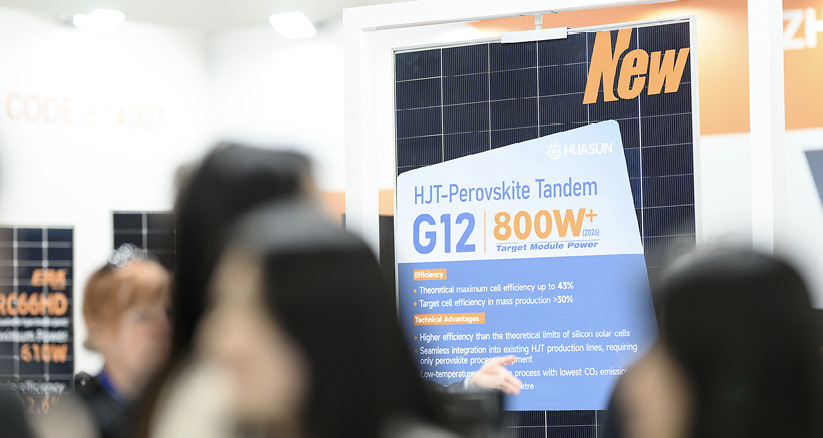



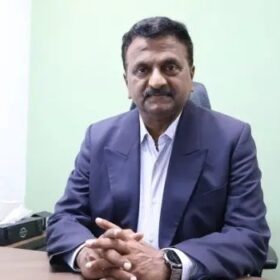

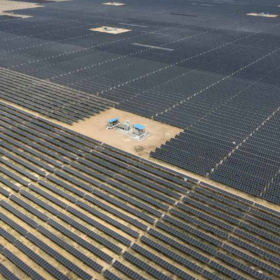
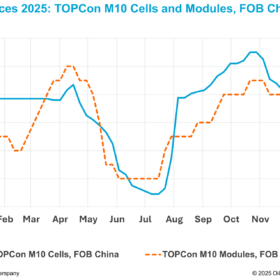
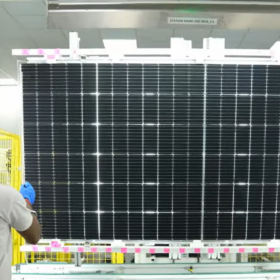
By submitting this form you agree to pv magazine using your data for the purposes of publishing your comment.
Your personal data will only be disclosed or otherwise transmitted to third parties for the purposes of spam filtering or if this is necessary for technical maintenance of the website. Any other transfer to third parties will not take place unless this is justified on the basis of applicable data protection regulations or if pv magazine is legally obliged to do so.
You may revoke this consent at any time with effect for the future, in which case your personal data will be deleted immediately. Otherwise, your data will be deleted if pv magazine has processed your request or the purpose of data storage is fulfilled.
Further information on data privacy can be found in our Data Protection Policy.